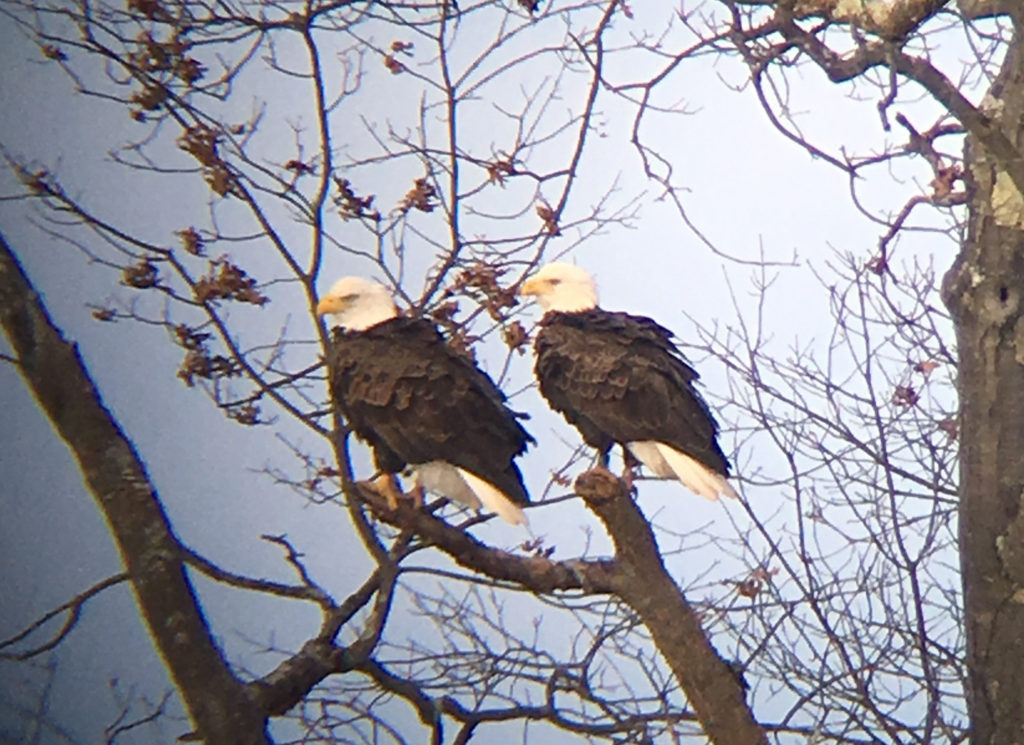
There has been a great deal of publicity in the news media recently around the successful resurgence of the bald eagle in New Jersey. For the first time, more than 200 pairs of bald eagles have been recorded nesting and they are now confirmed to be nesting in all 21 counties. This is quite a comeback from the early 80’s when only one pair of nesting eagles was reported. And it shows what’s possible when people get together and put forth the effort.
The program is a partnership between the NJ Department of Environmental Protection and the Conserve Wildlife Foundation assisted by more than 100 volunteers who monitor the nesting sites and locate new ones. One of those volunteers, Jim Mulvey, monitors the eagle nest here at Great Swamp National Wildlife Refuge. Jim reports that last year there was one eaglet that was large enough for him to be confident that it was the only nestling. Unfortunately, due to Covid-19, volunteering was not allowed on the refuge so the survey could not be continued. However, Jim reports seeing an immature bald eagle recently, and this may have been our addition for the 2020 season.
Jim’s report from his first survey of 2021, on January 11, is that the eagles are not on the nest but they are nearby. Apparently, this is pretty routine and he expects eggs will be laid in the next week or two. The eagle nest may be viewed from the Chandler S. Robbins Memorial Viewing Platform at the Wildlife Observation Center.
Last year, before the shut-down, eagles were frequently seen flying over the wetlands or perched in nearby trees. If you visit the Wildlife Observation Center, remember to observe Covid-19 safety protocols, maintain a safe distance from others and wear a mask. And enjoy sightings of our nation’s symbol of freedom.
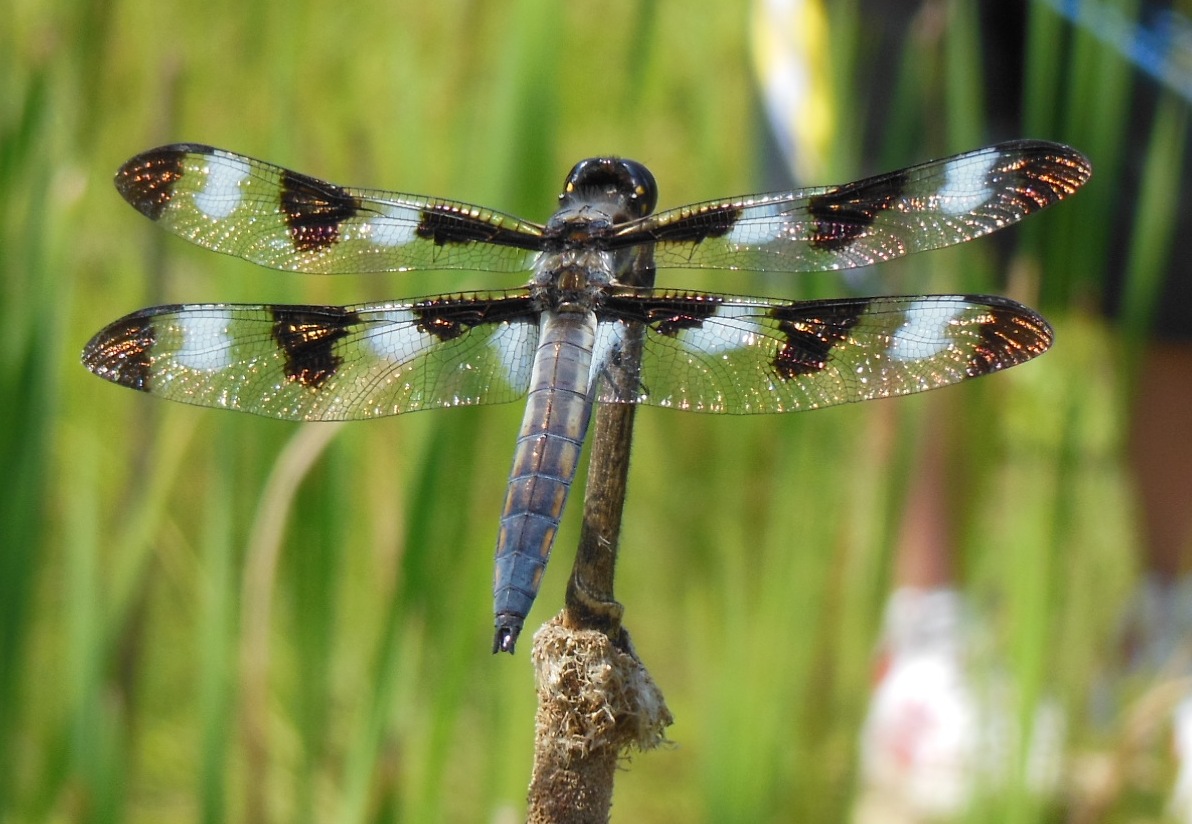
Second Sunday, January 10, 2021, 1:30 – 3:00 pm
The Friends are resuming their popular Second Sunday programs – virtually of course. Join us on Sunday, January 10 for a presentation on dragonflies and damselflies by naturalist Dorothy Smullen. Registration is required at ttsu.me/dragons, Zoom logon information will be sent a day ahead.
Winter Walks, Fridays, 11:00 – 12:30 pm beginning January 8
Ready for some winter exercise and fresh air?
Friends President Steve Herdman is reinstituting “Winter Walks”. Join Steve for a walk down Pleasant Plains Road from the Visitor Center to the Bluebird Parking Lot and back – about 2.5 miles round trip. These will be in-person walks, but masks are required and social distancing guidelines will be followed. Walk as far as you like at your own pace. Dogs are welcome, on leash, as walkers will be staying on the road. The Visitor Center will be open, however there is a five-person limit inside at any one time.
Additional events will be announced on our website Calendar of Events, so check back often.
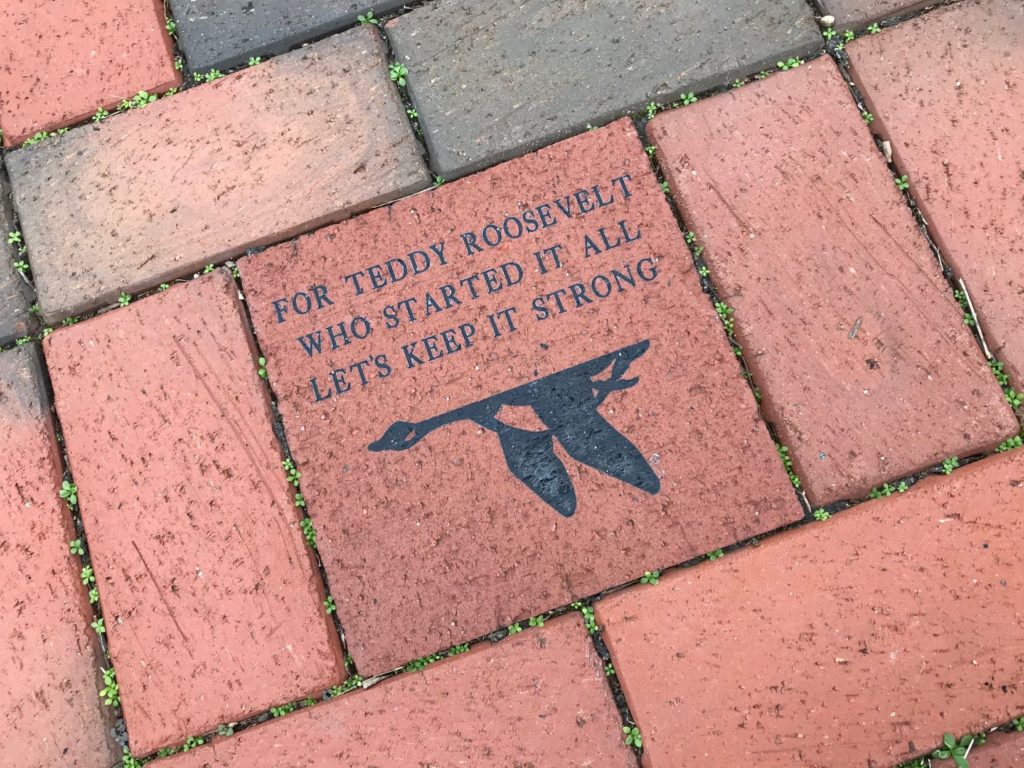
These are challenging times for holiday shopping, but here’s an idea. Consider purchasing an engraved commemorative brick which would be placed on the patio at the Helen C. Fenske Visitor Center. What a great way to honor a loved one or someone special in your life. Share an inspirational quote, words of wisdom, or your feelings about Great Swamp National Wildlife Refuge.
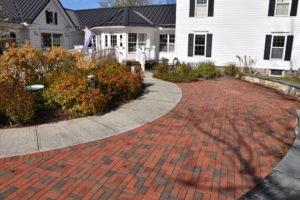
A commemorative brick is your lasting legacy and a generous and meaningful donation to Friends of Great Swamp National Wildlife Refuge. There are three styles of bricks to choose from. Download and complete this order form. Make your check payable to Friends of Great Swamp NWR and mail it, along with the order form, to: Friends of Great Swamp NWR, 32 Pleasant Plains Road, Basking Ridge NJ 07920.
If you would like a one-page mock-up of your brick, suitable for gifting, please note that on your order form and we will email it to you.
A great gift for the person who has everything . . .
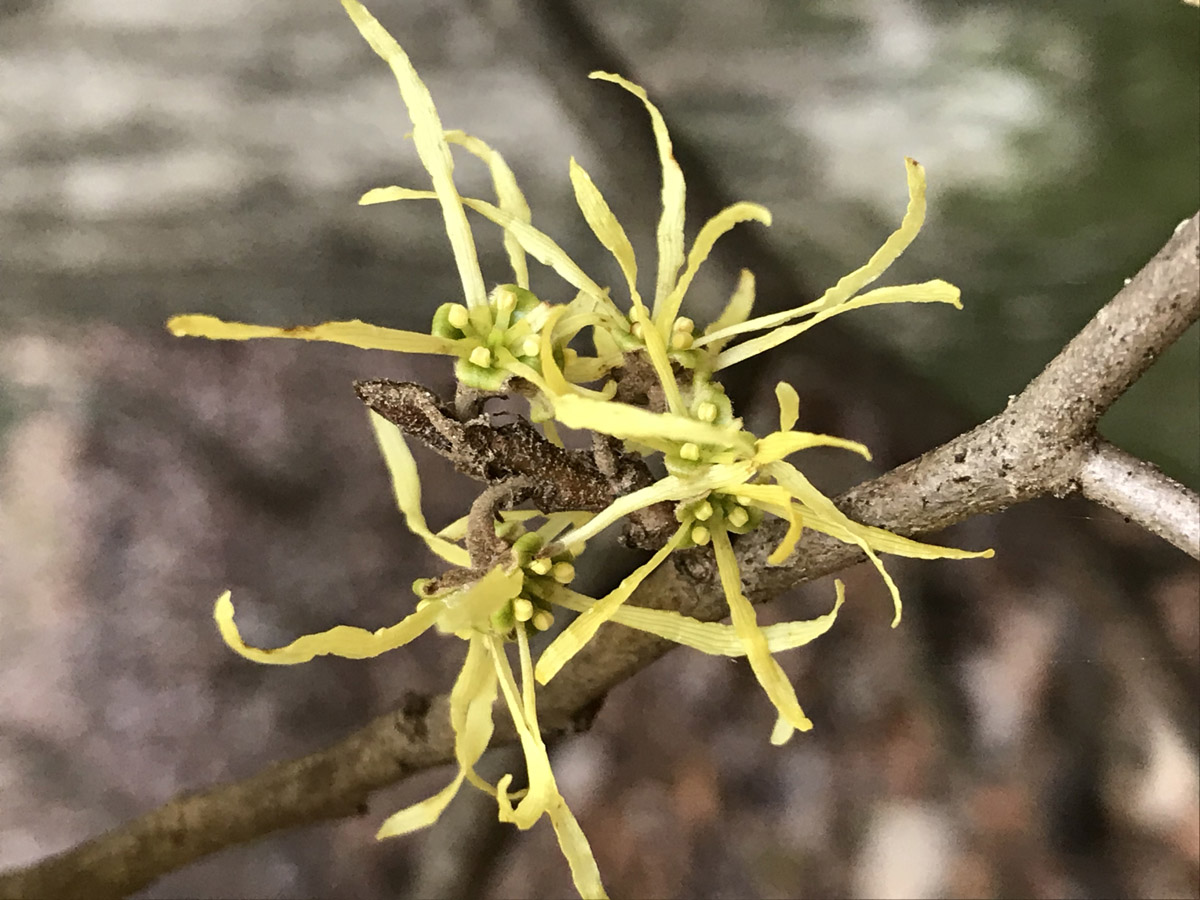
The asters and the goldenrods are fading into Fall, the last of the season’s flowering plants.
No! Wait!
The lovely native shrub witch hazel is now coming into full bloom. But you have to look closely. The leaves of the witch hazel are turning a lovely lemon yellow and may obscure the flowers. But you can’t miss them if you look. They are bright yellow with four, long spidery petals which will bloom from October through December, unaffected by freezing temperatures.
The witch hazel is unique. Both the flowers and ripe fruits appear on the plant at the same time. The fruit capsules split open in autumn and forcibly expel two shiny black seeds as much as 20 feet away. The seeds are eaten by birds and small mammals and the flowers are pollinated by late season flies and bees.
This is a wonderful shrub for the home landscape. It has few pests and will tolerate light deer browsing. It prefers part shade and, in the wild, grows as an understory tree. Consider planting it where you can view it up close so you don’t miss enjoying the colorful flowers in an otherwise gray landscape.
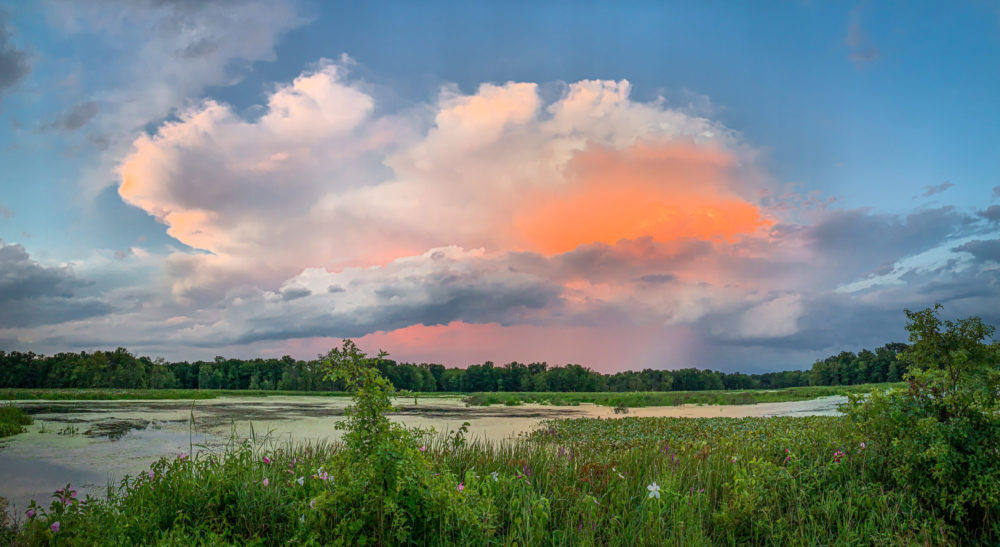
National Wildlife Refuge Week, observed the second full week of October each year, celebrates the great network of lands and waters that conserves and protects Americans’ precious wildlife heritage. During a normal year, we would celebrate by holding The Big Sit!, leading Sunset Walks, and enjoying a special Second Sunday program.
This year we are going virtual. The Friends have created a Zoom presentation in celebration of the Refuge System, our Refuges in New Jersey and in the Lenape Complex, with photos of past Sunset Walks. Take a look at this short video which highlights the beauty of your national wildlife refuges.
Follow the Friends on Facebook. There will be a new post every day during National Wildlife Refuge Week highlighting sightings and sights here are Great Swamp NWR.
Come visit! Although the Visitor Center remains closed, the trails are open for all to enjoy from sunrise to sunset.
Saturday, September 26 is National Public Lands Day, a day to celebrate the millions of acres of America’s public lands that we use for recreation, education, and just plain enjoyment. Chances are there is a public land not far from where you live. It may be a local, state or national park. It might be a historic building, community garden, golf course or ski area! Here in New Jersey, we have five Federally managed national wildlife refuges, all of which are public lands. Can you name them all?
Take time this fall to celebrate our public lands. Go outside and enjoy a park, refuge or public area near you. Check to see if there are ways that you can volunteer to help restore, improve and maintain these areas. Say thank you to those who had the foresight and dedication to set these lands aside for all of us to enjoy. And remember to protect and preserve these lands for the enjoyment of generations to come.
Take a look here at a video showing all 135 entries in our 2020 Photo Contest, another way to enjoy and appreciate the diversity and beauty of Great Swamp National Wildlife Refuge – Your national wildlife refuge!

